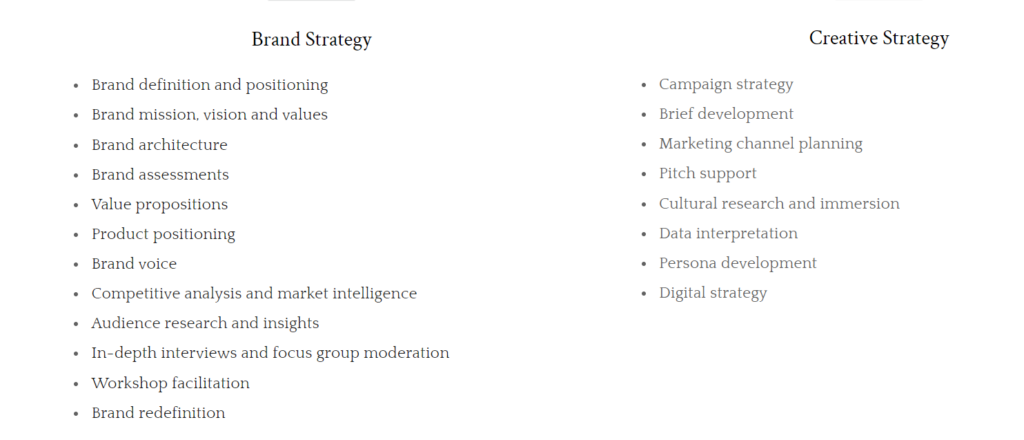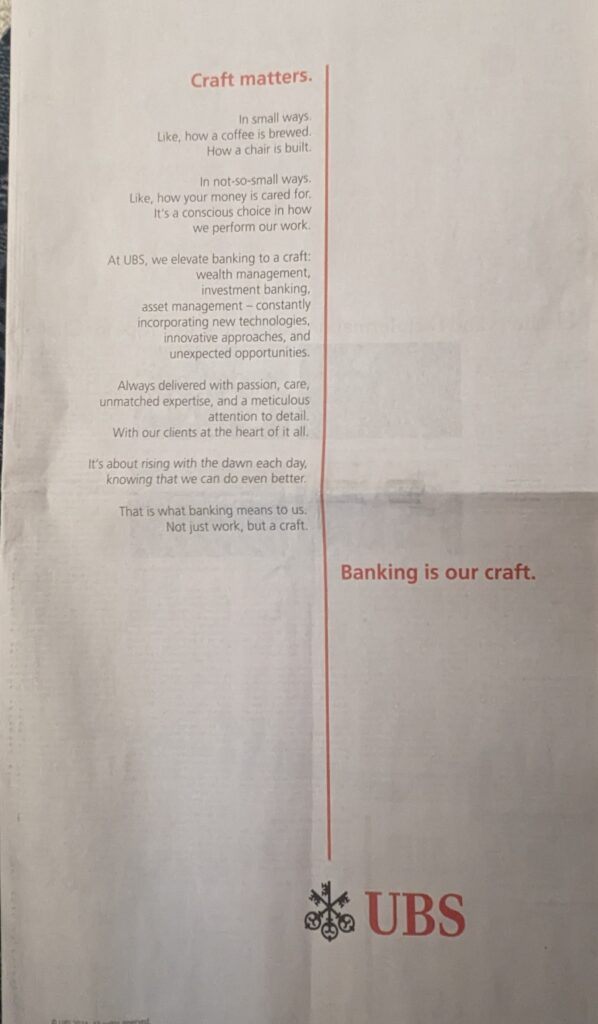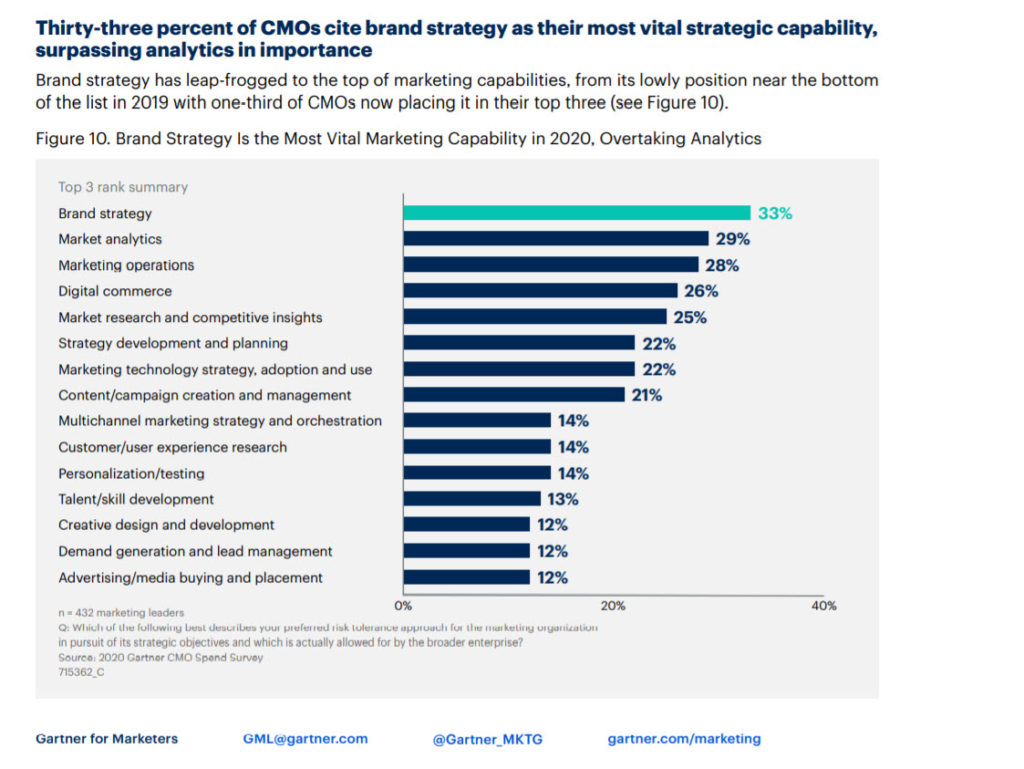Brand Strategy and the Question.
Fred Wilson is a blogger (www.avc.com) and businessman I admire greatly. He blogs daily and share his knowledge without second thought. He’s probably the most prominent VC on the east coast if not the county. In a recent speech given at MIT, he mentioned that on his first ever test there he had gotten a zero. About MIT he said, and I paraphrase, “When you go to MIT to go from being the smartest kid at your school to being the dumbest.” Anyway when asked about his nil test score his professor the response was “You didn’t understand the question.”
Here’s the thing about brand planning. The ones who get it right aren’t the ones with the best methodology or framework. They are the ones who understand the question. The problem is that question always changes. Yesterday I posted brand strategy is not Chaos Theory. But if the question changes for every brand strategy, isn’t that a bit chaotic?
A generic question for all brands might be “What value or behavior does the brand provide that best meets the needs of the customer?” Doesn’t seem like a bad question. But, per Fred Wilson’s professor, it’s the wrong one. Only when you are waist deep in a brand, customer care-abouts and brand good-ats can one ask the real question. It will be a business question, tempered by consumer insight, and help you pass that first and last test.
Happy hunting!
Peace.







